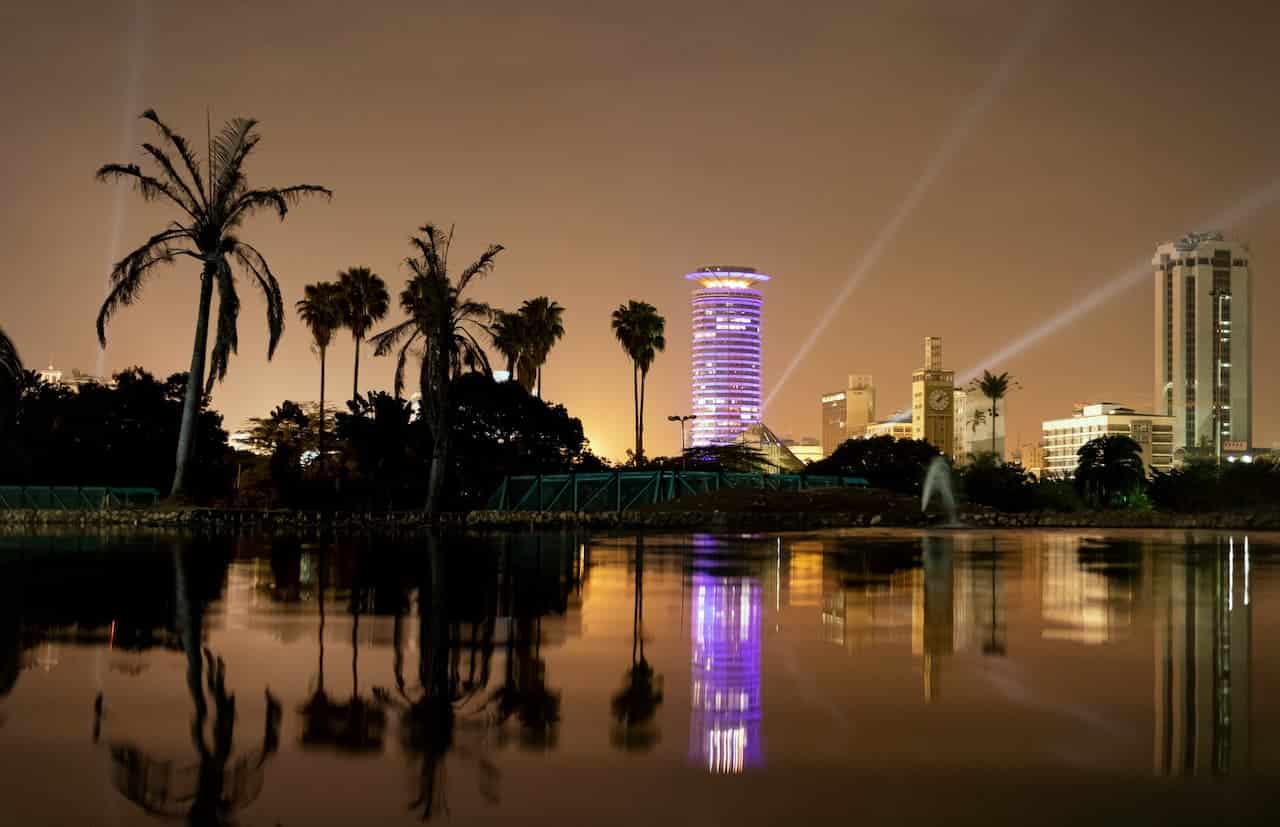Bad News Travels Fast
In this article, Tourism Tattler takes a look at reported attacks on tourists around the globe. One thing stands out very clearly – in this age of swift communication, you can’t hide the bad news. Governments have to rush to explain, as best they can, why these things happened. But good news travels more slowly. By Marjorie Dean.
Some attacks on tourists are obviously politically motivated. Bombs thrown at tourist buses are designed to attract, as most terrorist attacks are, to gain maximum publicity for the cause around the world. But these are the exception rather than the rule and occur in areas where terrorism risks are well known. However, they do affect tourism numbers, and tourism to countries such as Pakistan, Egypt and around the Middle East has to take this factor into account.
India
A spate of publicity around attacks on women in India has had a major effect on tourism to that country. According to news reports from around the globe, female tourists are bypassing India.
One study revealed that the number of foreign women tourists visiting India had slumped by 35% in the first three months of 2013 following a spate of sex attacks that made global headlines.
The fatal gang-rape of a 23-year-old Indian student by six men on a bus in New Delhi sparked outrage at the country’s treatment of women, and since then there have been other widely reported attacks. The study surveyed 1,200 tour operators from across the country who said that “concerns about the safety of female travellers” had affected how foreign travellers viewed India.
The Associated Chambers of Commerce and Industry of India (Assocham), said overall tourist arrivals (for 2012) were down 25% year-on-year, with holidaymakers opting instead to visit other Asian countries such as Malaysia and Thailand. (One queries Thailand, as reports of attacks on tourists there are legion!) Since the December gang rape, there were two widely publicized incidents in which foreign female travellers were attacked.
In another reported incident, a Swiss woman was gang-raped in central India as she and her husband camped in a remote forest. In a second incident, a young British woman said that she was forced to jump out of the window of her hotel room to avoid a sexual attack in Agra, the city that is home to the Taj Mahal.
According to the study, the three incident hurt tourism, and nearly 72 per cent of tour operators said cancellations of holiday bookings came mostly from female tourists, most of them from Britain, the United States, Canada and Australia. According to India’s Tourism Ministry, 6.6 million foreign tourists visited India in 2012, earning the country $17.74 billion in foreign exchange.
Such incidents have “raised concerns about the safety of female travellers to the country,” said DS Rawat, secretary general at Assocham.
The figures contradict monthly estimates compiled by the Indian tourism ministry, which found an increase in foreign tourists arriving in early 2013, although figures for March were not yet available. February saw arrivals increase by 1.6% compared with last year, according to the ministry, still far lower than the 7.9% growth logged in February 2012.
Gour Kanjilal, executive director of the Indian Association of Tour Operators, said: “There is a decline whenever any such incident takes place. Tourism becomes the first casualty.”
South America
Another popular destination, Rio de Janeiro (host to both the World Cup and the Olympics), battled horrendous international publicity after reports that a female US tourist had been kidnapped, raped and robbed on a minibus in Rio de Janeiro. A male foreign tourist on the public minibus was also held captive and robbed, according to Rio police.
CNN reported that the two had boarded the minibus in the Copacabana beach district in Rio de Janeiro. Three men subsequently boarded the minibus and forced all the other passengers off, police said. The woman was raped, and the two passengers’ credit cards were used at multiple locations inside and outside of Rio de Janeiro over a span of hours, the police said in a statement. According to Rio police, two men had been arrested and a third man was being sought in connection with the attack.
The city subsequently launched a citywide offensive against crime, particularly drug-fuelled violence in the shanty towns. But the damage to Rio’s reputation had already been done.
Another South American country in the news for all the wrong reasons is Peru. The US tabloid Today published a story of how a family vacation in Peru turned into a vicious nightmare for three Americans who said they were brutally attacked by residents of a countryside village.
The Americans were abducted while looking for a place to camp for the night. Eventually, they were freed after their captors forced them at gunpoint to sign a document blaming their injuries on a drunk-driving accident.
The group signed the document and were taken back to their ransacked vehicle. They eventually met up with police who took them in for medical treatment. The trio received more than 100 stitches between them. Peruvian tourism officials met with the Wolfroms to apologize.
Meanwhile, in Mexico, attacks on both Mexican and foreign tourists were reported and “will not go unpunished,” the Guerrero state government said. Gunmen raped six Spanish tourists on the outskirts of the Pacific resort city of Acapulco. The sexual assaults occurred in Playa Bonfil, located in the eastern section of Acapulco, one of Mexico’s most popular tourist destinations.
Acapulco, one of Mexico’s most famous tourist destinations, has been plagued by drug-related violence in recent years. The Guerrero state government launched a security operation in 2011 with the support of the federal government to step up security in areas frequented by foreign and domestic tourists. “Operation Safe Guerrero” was launched on Oct. 6, 2011, in an effort to reduce the soaring crime rate in the state.
Europe
And it’s not only happening in Third World Countries, as those in the First World seem to like to believe. Agence France Presse (AFP) reported that mass muggings and attacks on Chinese tourists in Paris have spawned alarm and warnings of a decline in the number of free-spending visitors from the Asian giant who swarm to France. More than one million Chinese visitors come every year to France, a country which for them epitomises luxury, romance and quality products. But that may very well change, said one expert, citing a slew of recent attacks which he says takes the sheen off the “City of Lights” for Chinese visitors.
“This has become a scourge. Since the past year, we have been seeing attacks almost every day,” said Jean-Francois Zhou, the head of Ansel Travel, which specialises in tours to and from China.
Zhou told AFP that about 10 Chinese visitors were robbed on one day, mainly in the famed Louvre museum, right in the heart of the city. And a month later, “a minibus caught in a traffic jam was attacked, its windows were smashed and handbags were stolen”, he said, adding there was a more recent attack on Chinese nationals at a four-star hotel in Paris.
Zhou said the Chinese were targeted as they were big spenders, adding: “Some of them carry up to 20,000 euros ($25,000) for shopping.”
Renlai Zhu, the head of a Chinese language website on the French capital named YouParis.com, said the situation was being blown out of proportion. “The phenomena of thefts and aggressions, yes they are growing, but they also exist in Spain and in Rome,” he said.
South Africa
How much noise did South Africa make after the World Cup in 2010, which passed without any serious crime incidents, after the world had spent months predicting disaster in South Africa for football fans? Did South Africa really fight back with the good news? Instead, leaflets were distributed warning tourists to be careful, which also reinforced the impression that South Africa is a dangerous place.
However, the figures reveal that almost all serious crime is South African on South African and not targeting tourists.
My own experience, although it is dangerous to extrapolate, has been different. Family visiting us were using our car, they hit a big pothole – yes THESE are dangerous – and shredded two tyres in rural Mpumalanga. Several cars stopped, all offered genuine assistance; one contacted a garage in Lydenburg, the nearest town, which sent out a tow truck. They were taken into town, pointed at a “good place for lunch” and a lad from the garage came to tell them when the car was ready.
And this is not an isolated experience in South Africa. Caring for our tourists is the Southern African way! And we can be very proud of that, and should tell our tourists!





